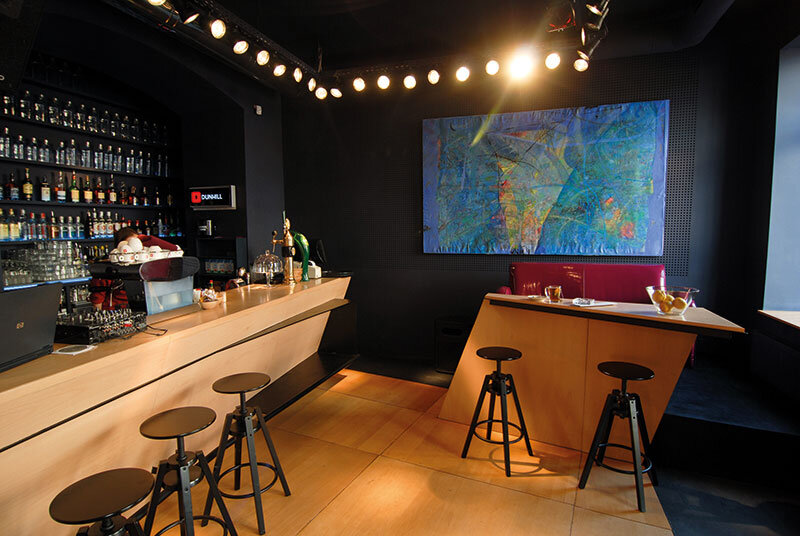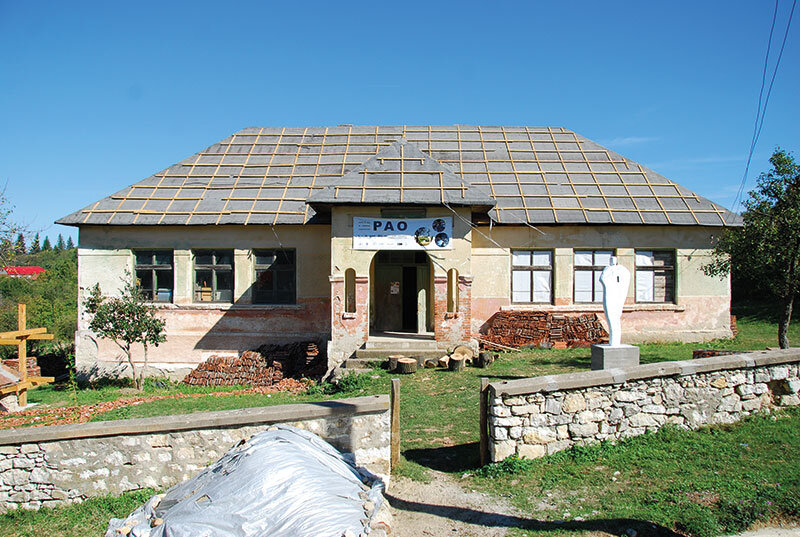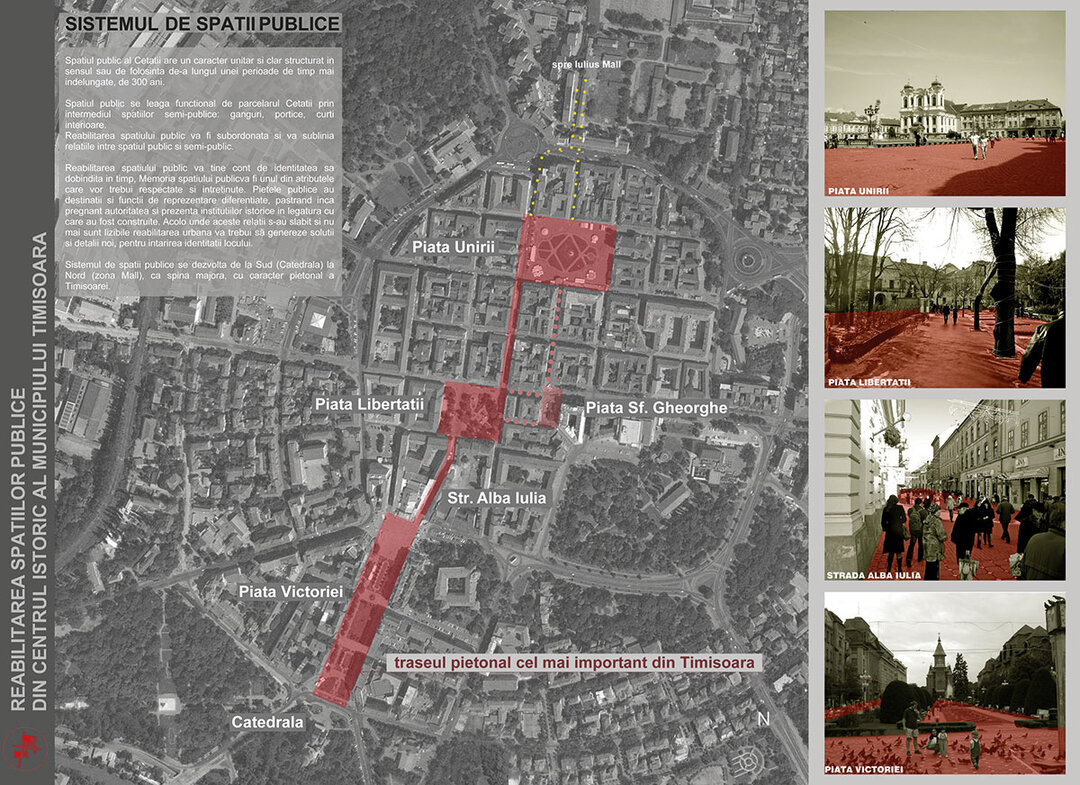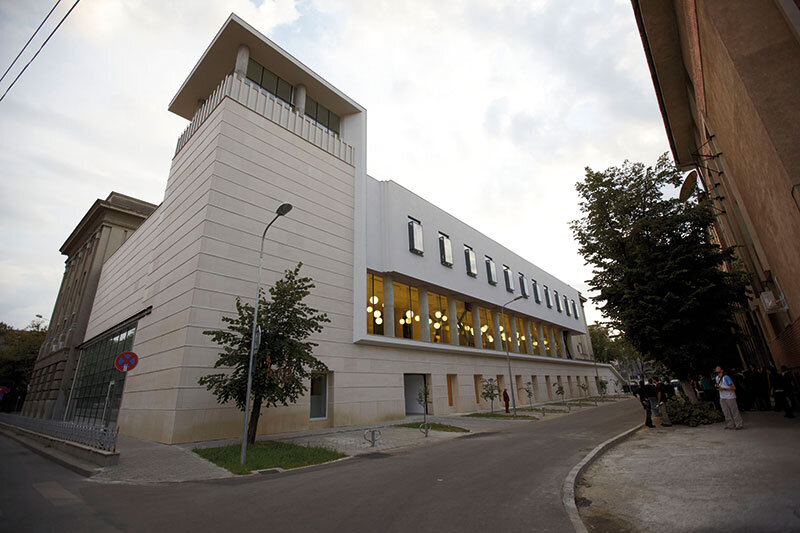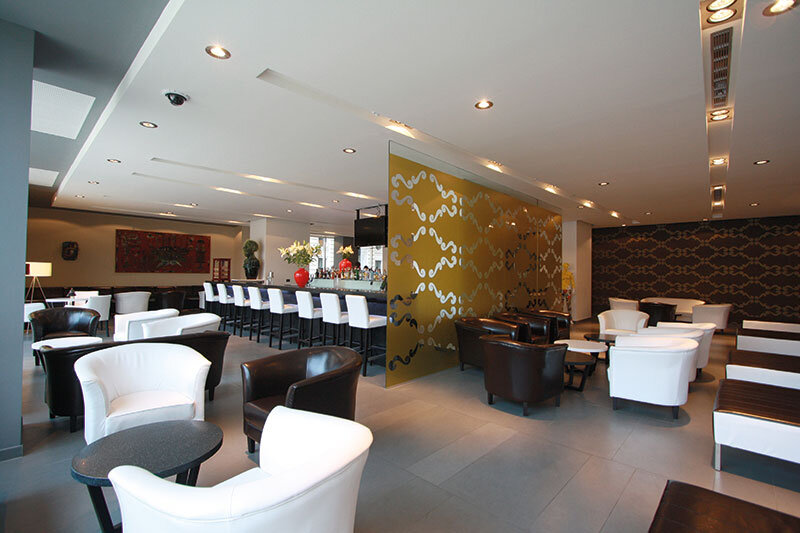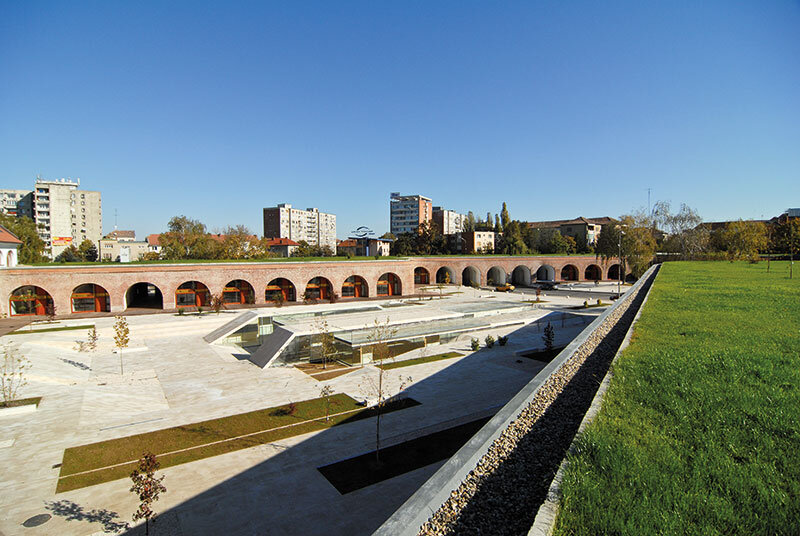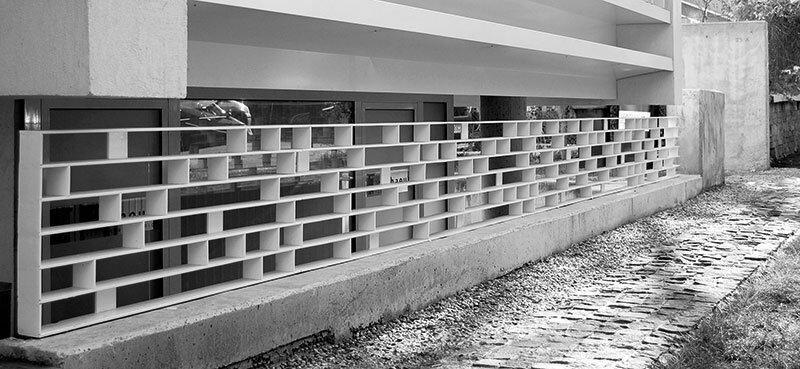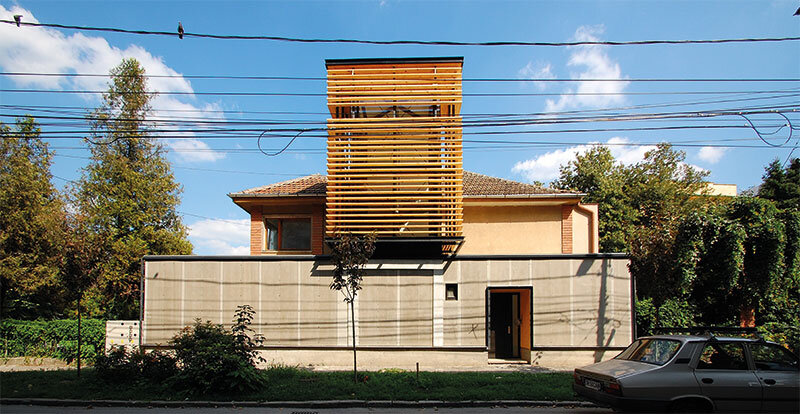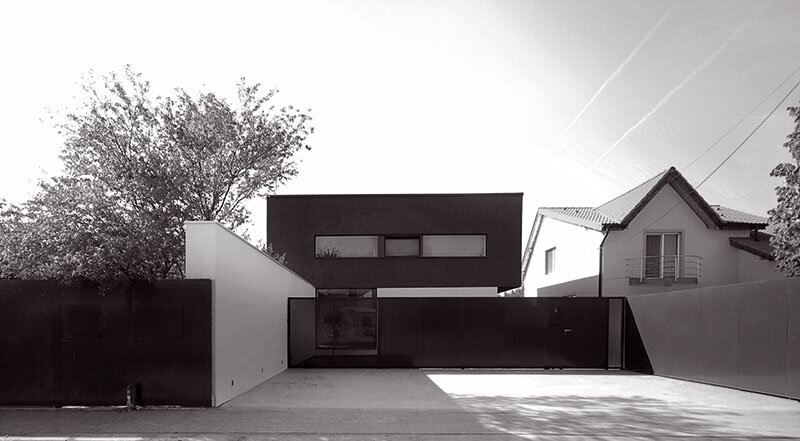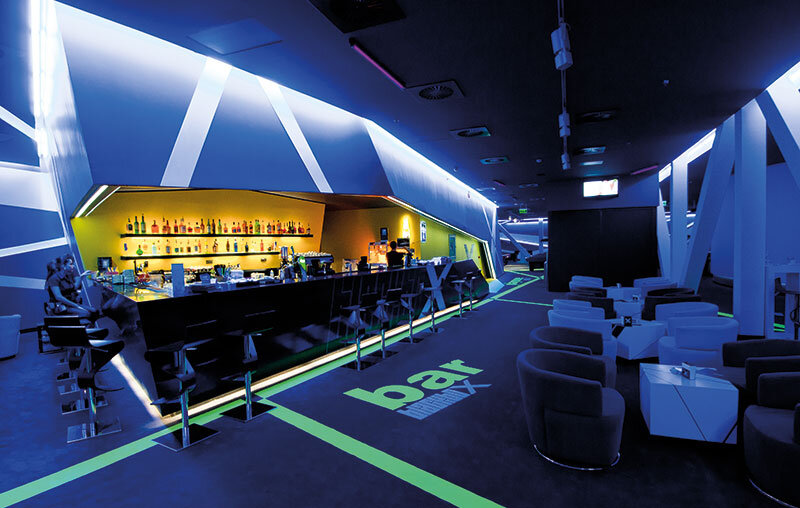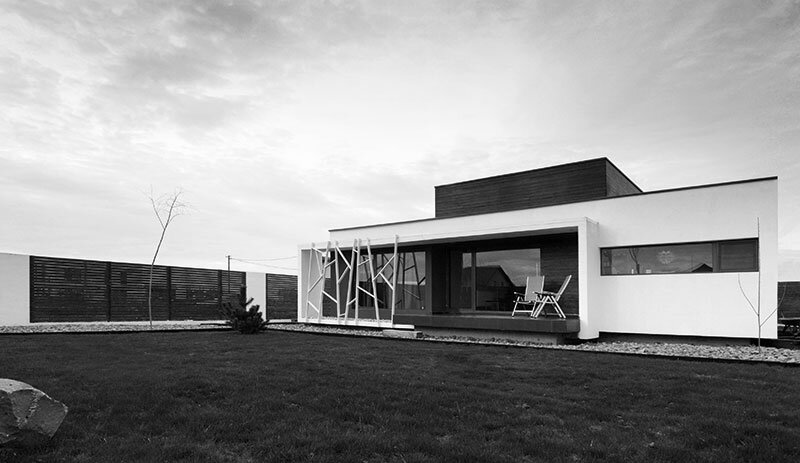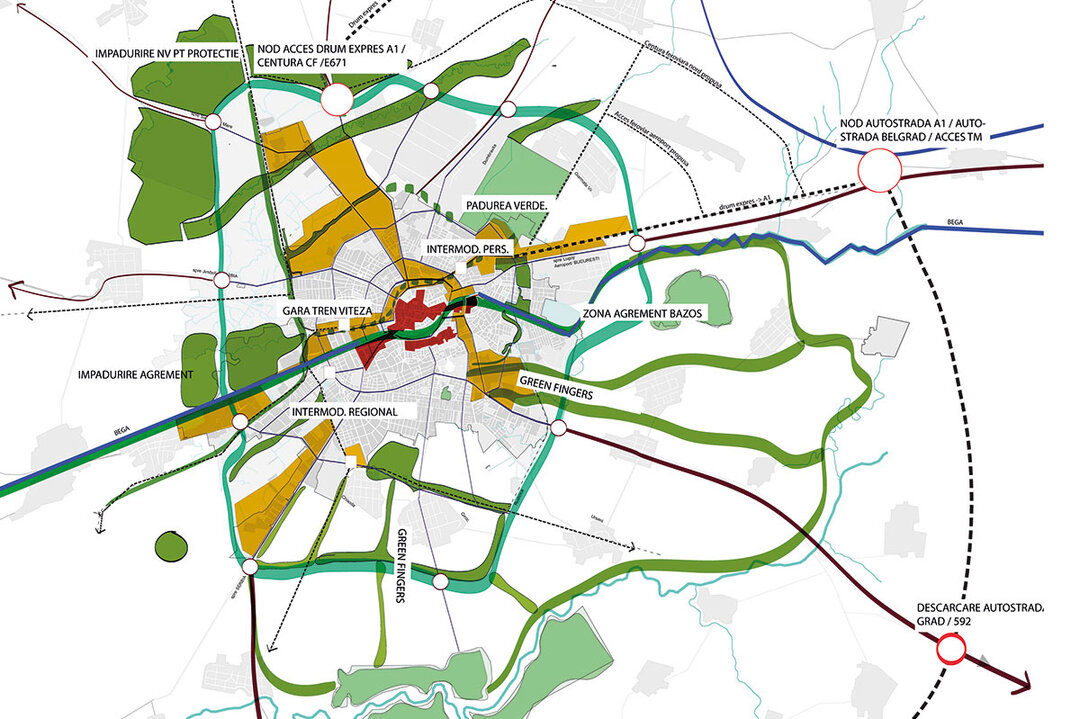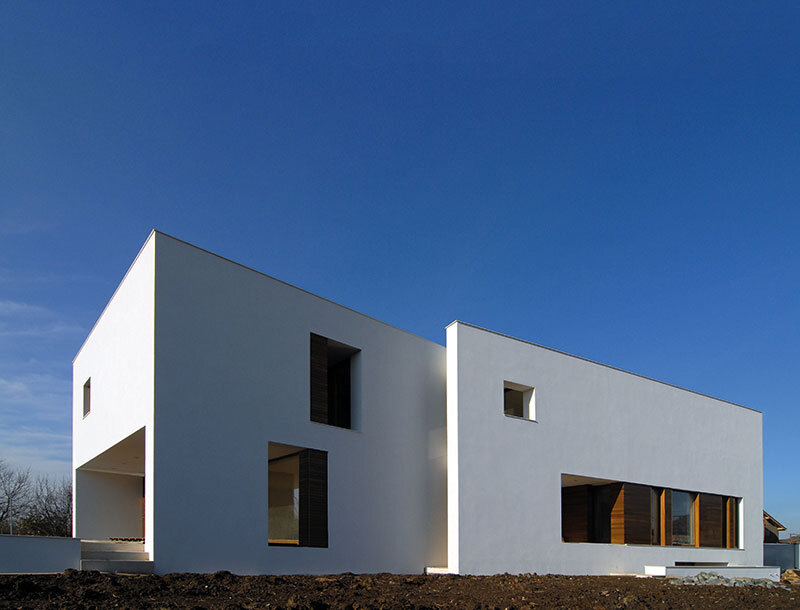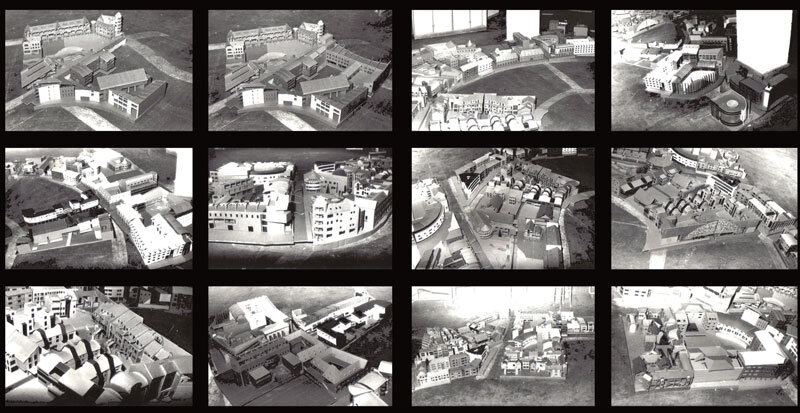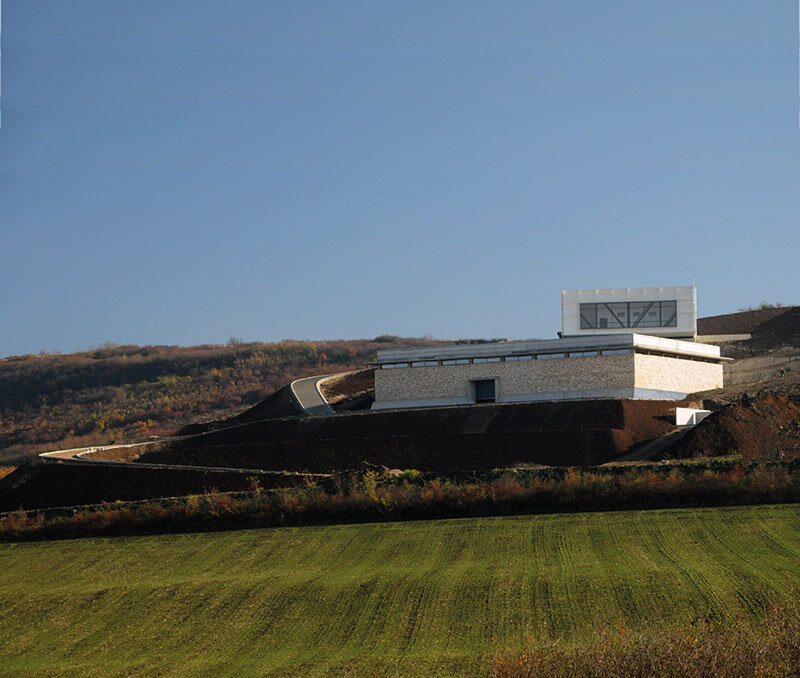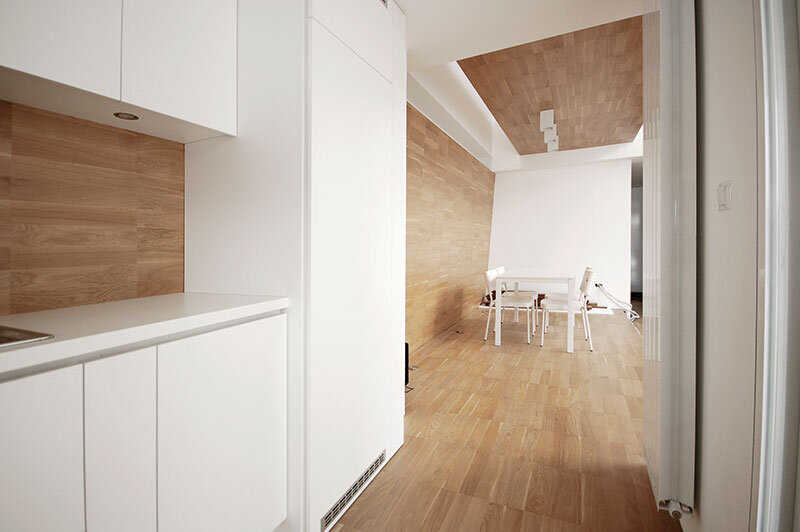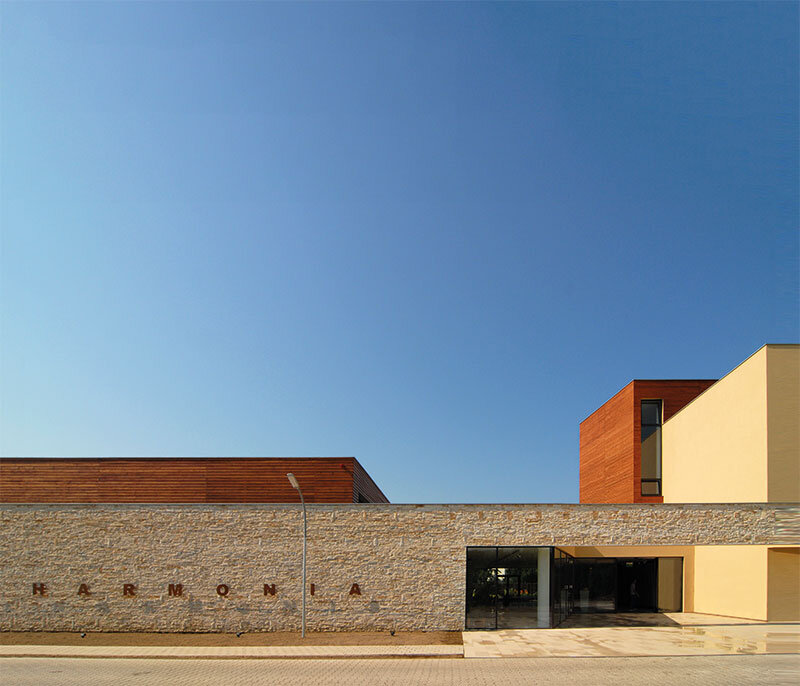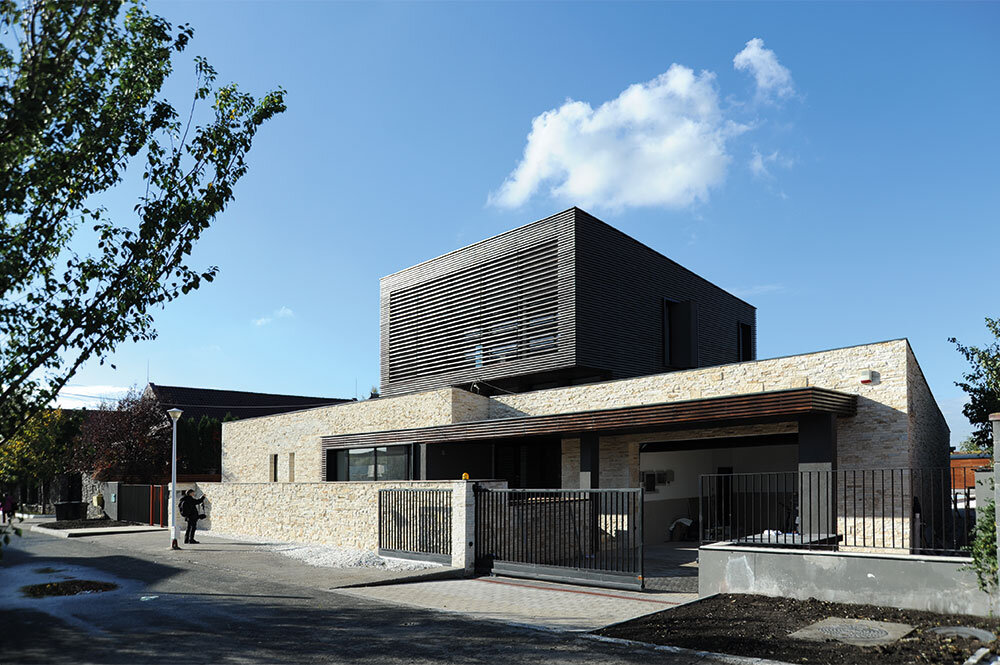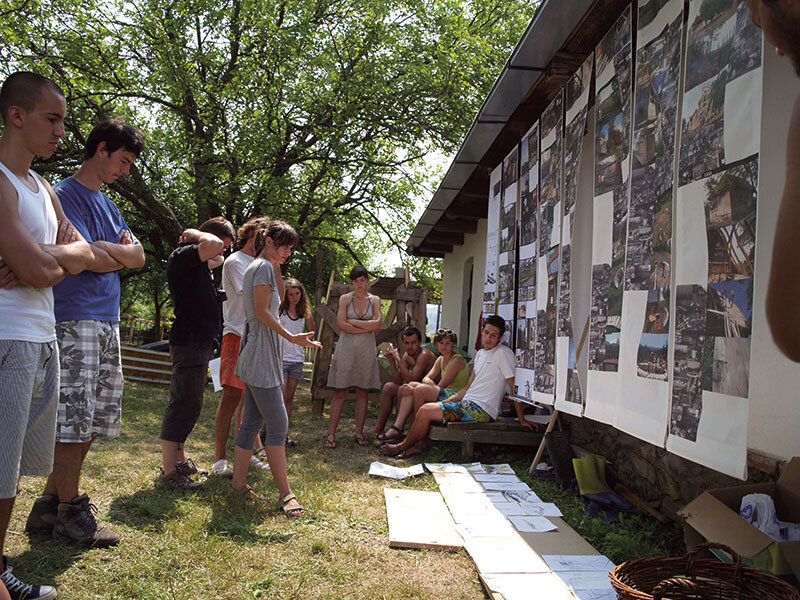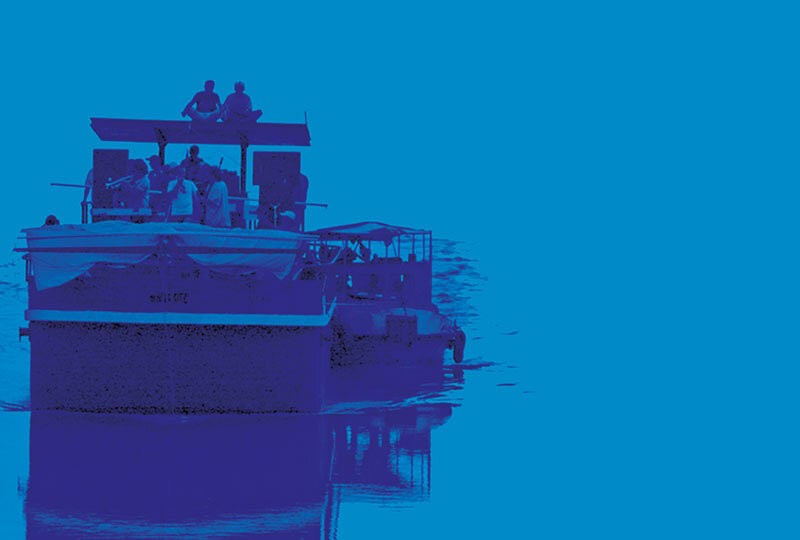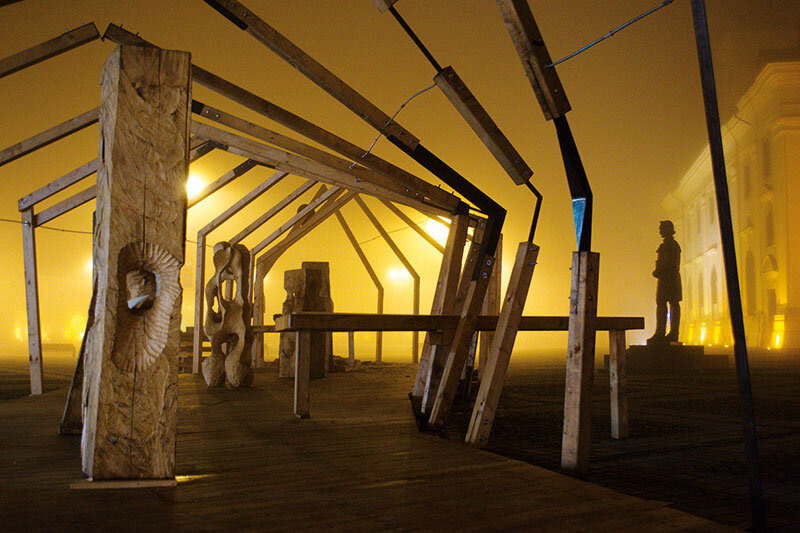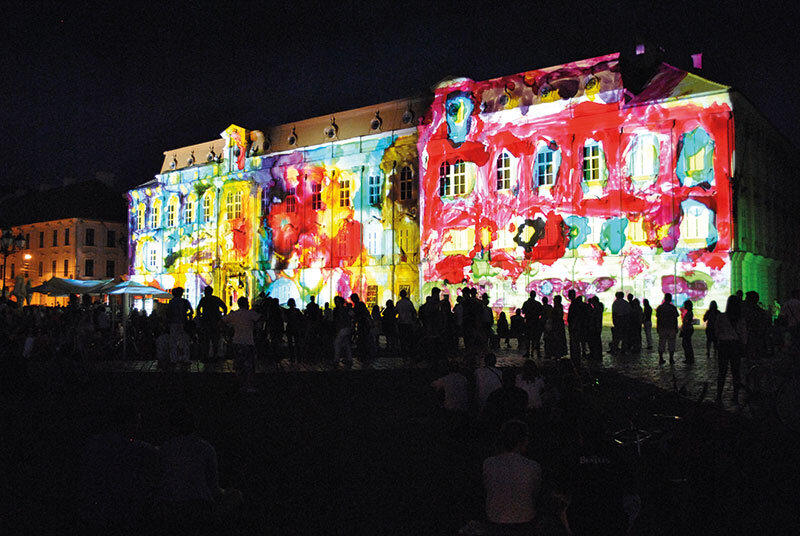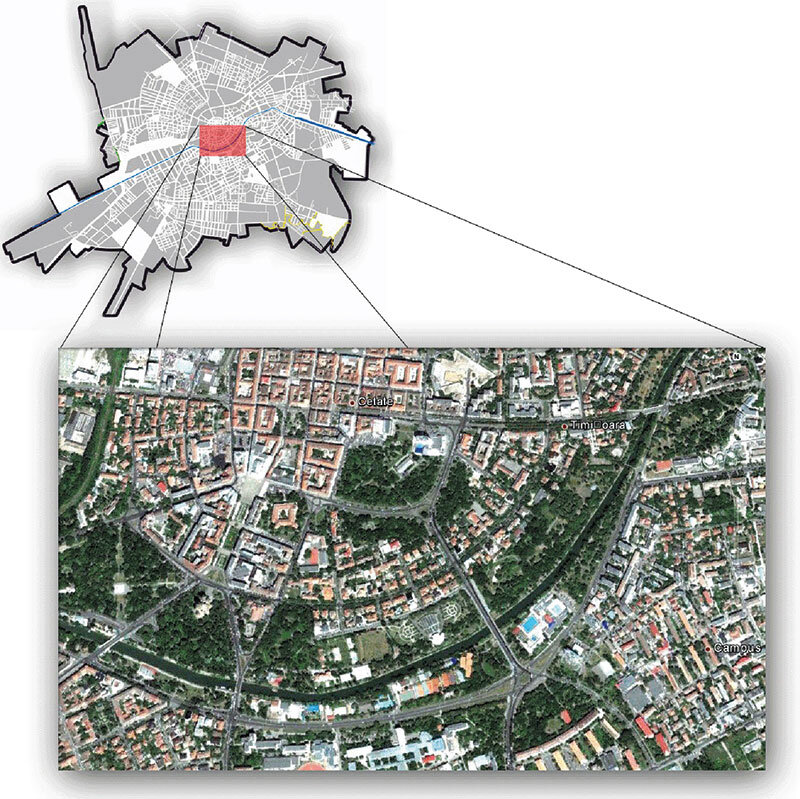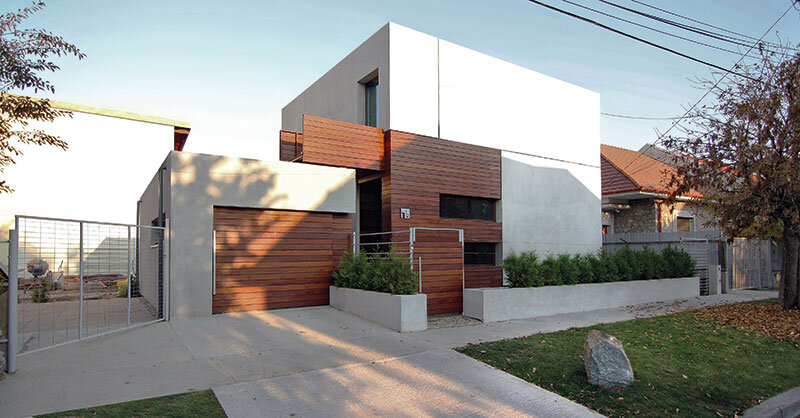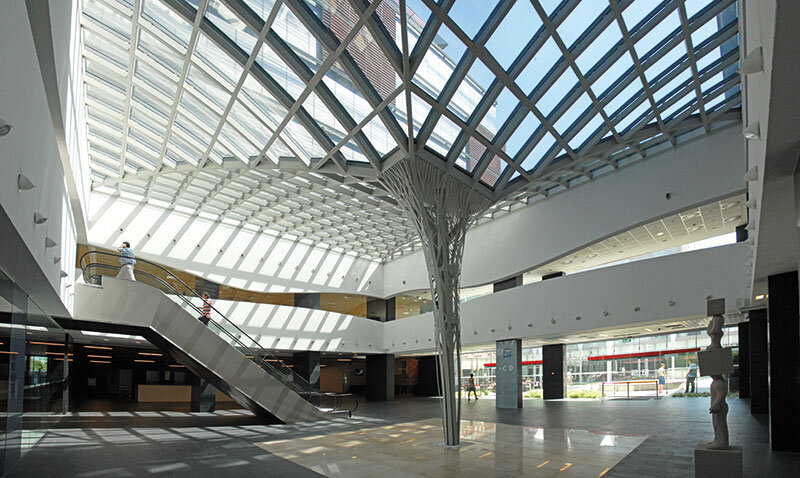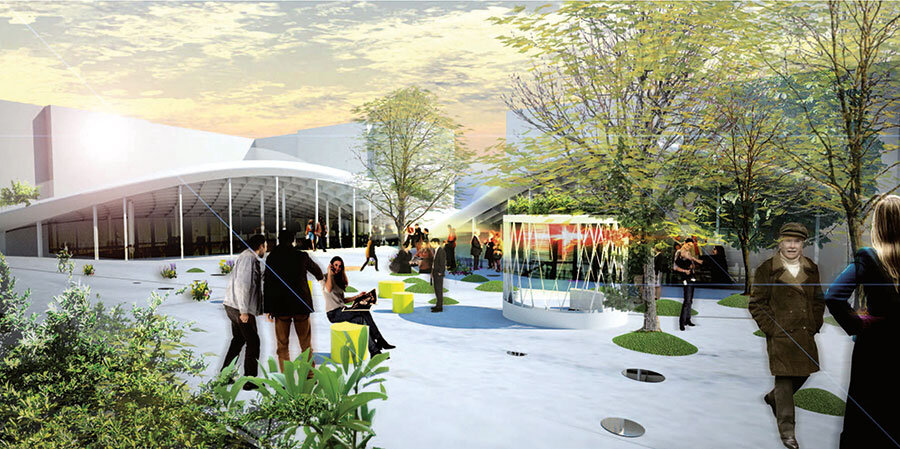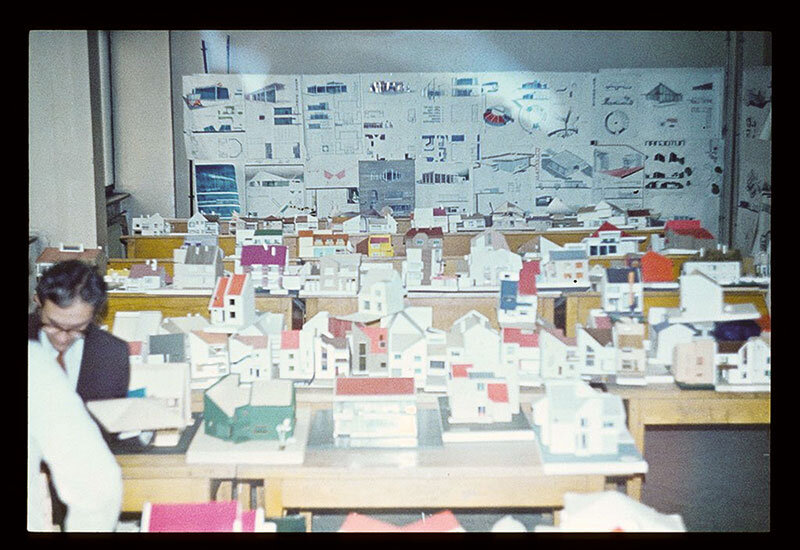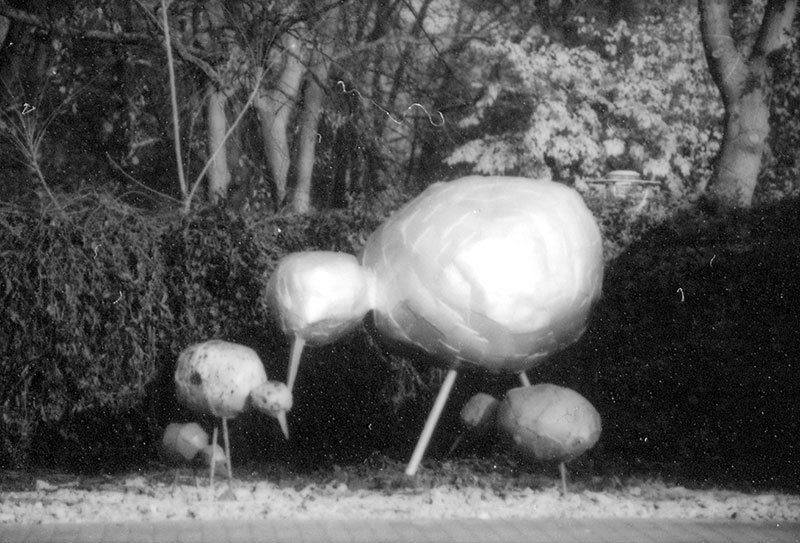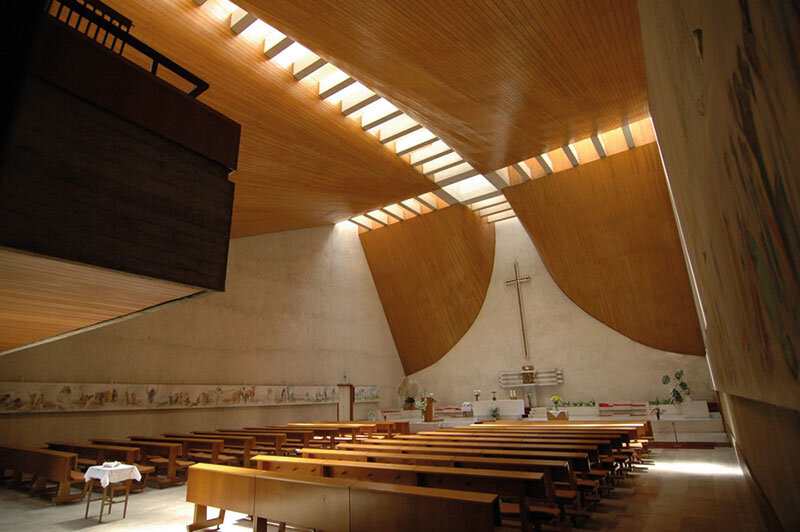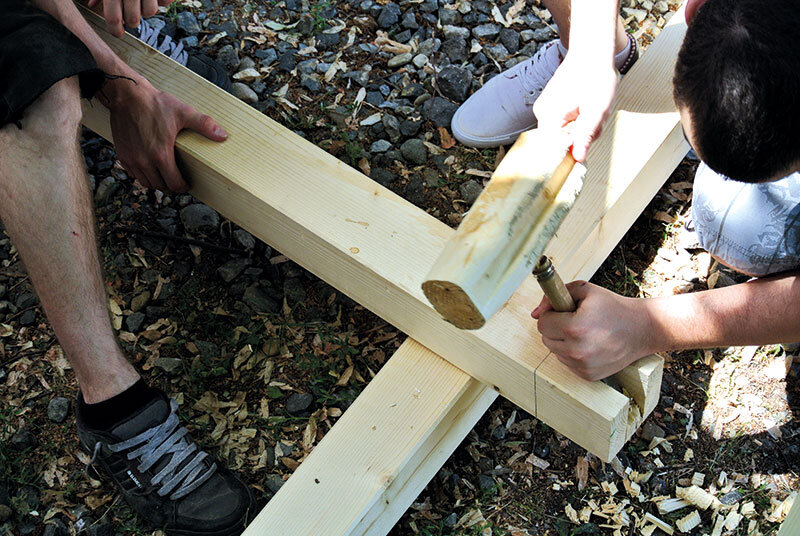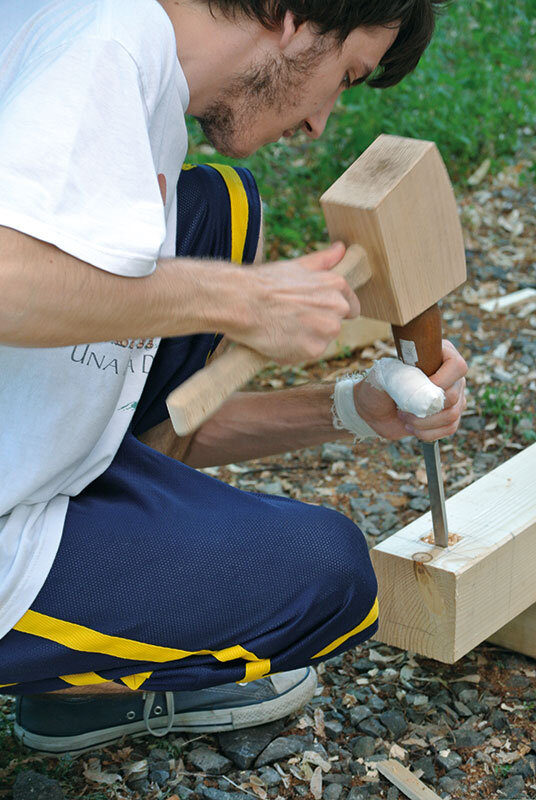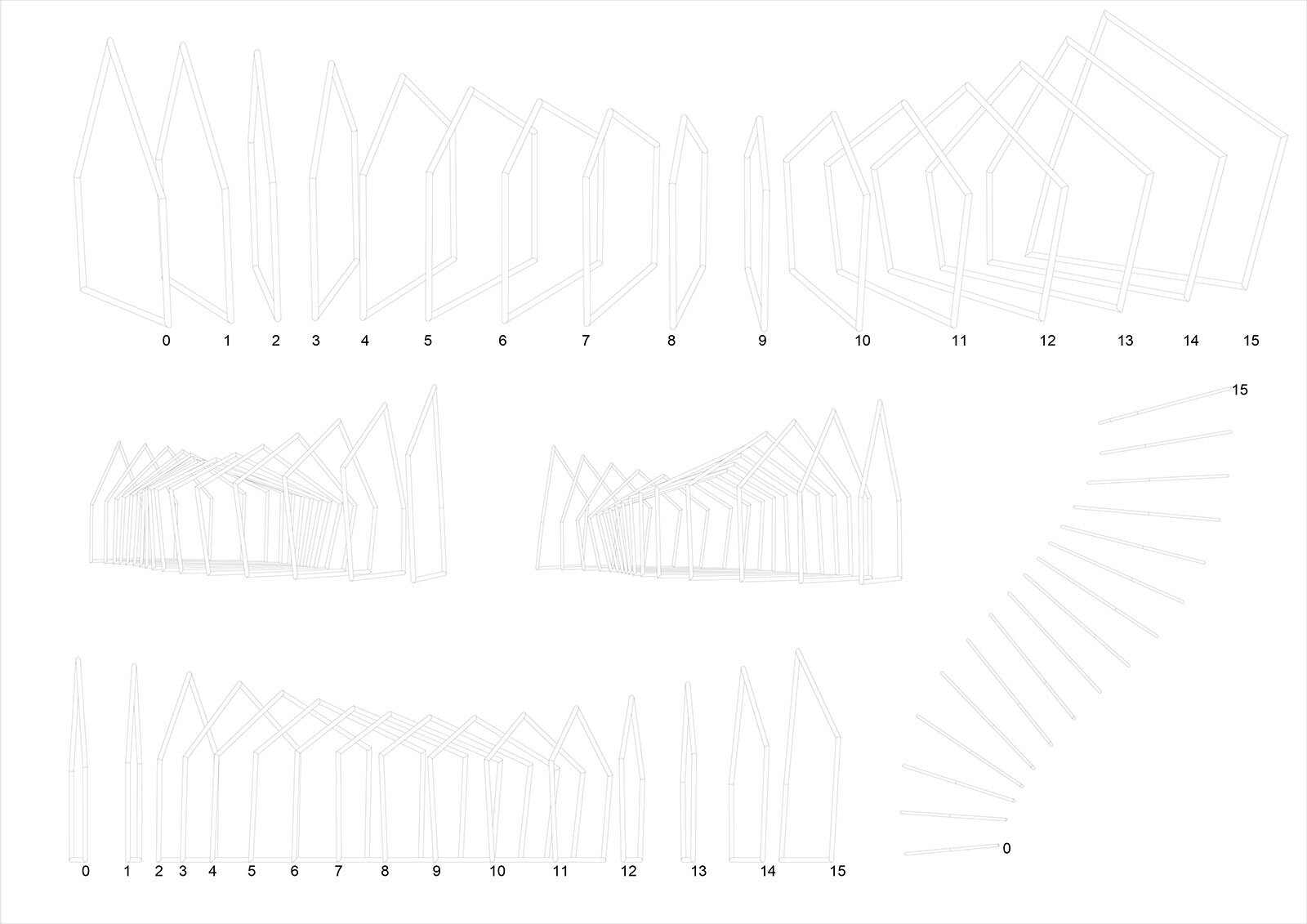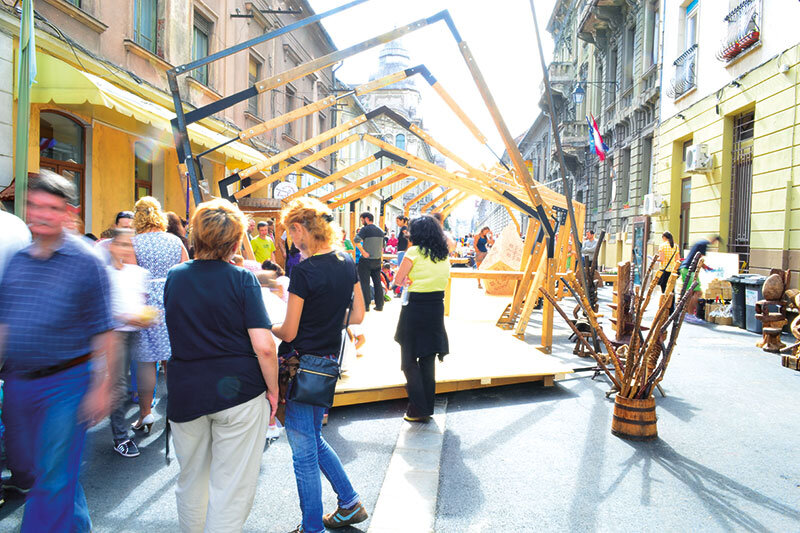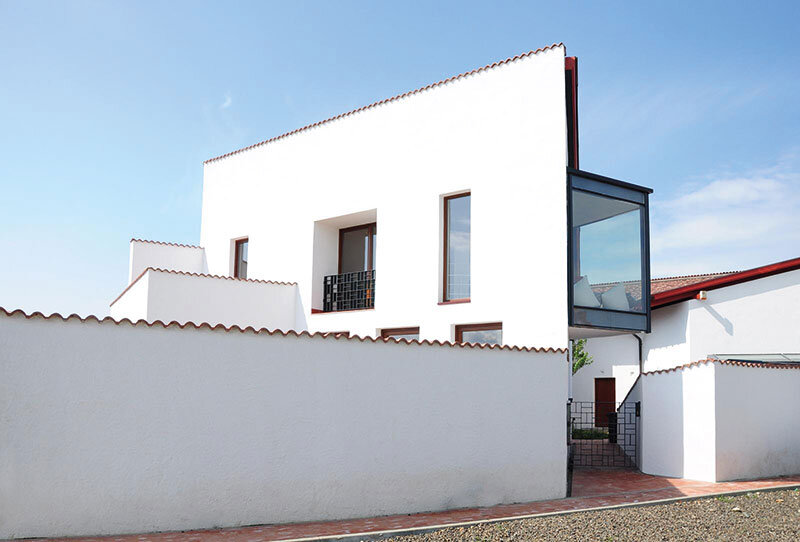
reCULT

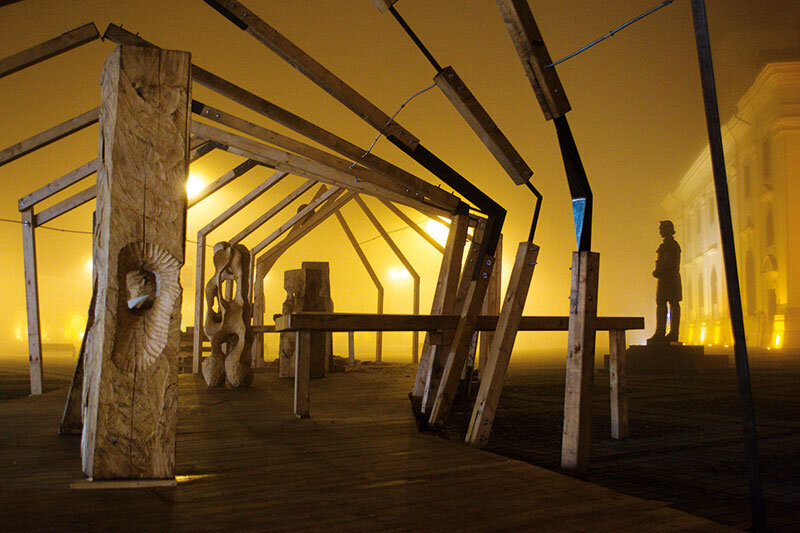
Timisoara is a city that lives on the memory of a time rich in events and people. The first city with electric street lighting, the first streetcar, the first brewery in the country and many other firsts that have given identity to a place that is controversial in its history. In terms of cultural events and happenings in recent history, Timișoara in the 1970s meant Aktionsgruppe Banat with Herta Muler or the Sigma group, the 1980s meant postmodern prose of the optzecist generation and progressive rock, and the 1990s meant that architecture was exhibited at the Venice Biennale. Throughout this time there was a constant opposition to the communist or post-communist system, as well as a constant manifestation of the cultural gesture through events that reinforced the identity of a cosmopolitan place. Recent years find the city in a major lack of involvement in cultural activities. Perhaps Timisoara's candidacy for the title of Capital of Culture can only mean an activation of the professional community's reaction against society's passivity towards the cultural environment. I don't know if the city has ever had a period in recent history so devoid of interest in cultural events. There is a lack of audiences, a lack of funding and sponsors, a lack of enthusiasm from people who are willing to break down the barriers of convenience and collective disinterest. The existence of major events in the city is largely due to enthusiasts who do not accept this silence. As long as Timisoara lacks people with vision and managerial training in organizing events, I don't think we can hope for the title of Capital of Culture.
Timisoara's architecture is also in danger of falling off the top shelf with precious historical objects and ending up somewhere on the bottom shelf, along with the unsold Russian knick-knacks. Timisoara's cultural agenda is also boosted by the Faculty of Architecture, which still supplies events for a numb profession disoriented by everyday worries. I cannot imagine the activity of this professional community without the contribution of the school, more specifically of enthusiastic students and teachers who understand that a school must go out into the public space and actively participate in the life of the city. A school of architecture must be about more than the pursuit of academic titles that are the result of a ladder of advancement born in humanist schools.
Read the full text in issue 1/2013 of Arhitectura magazine - Special Issue Timisoara

